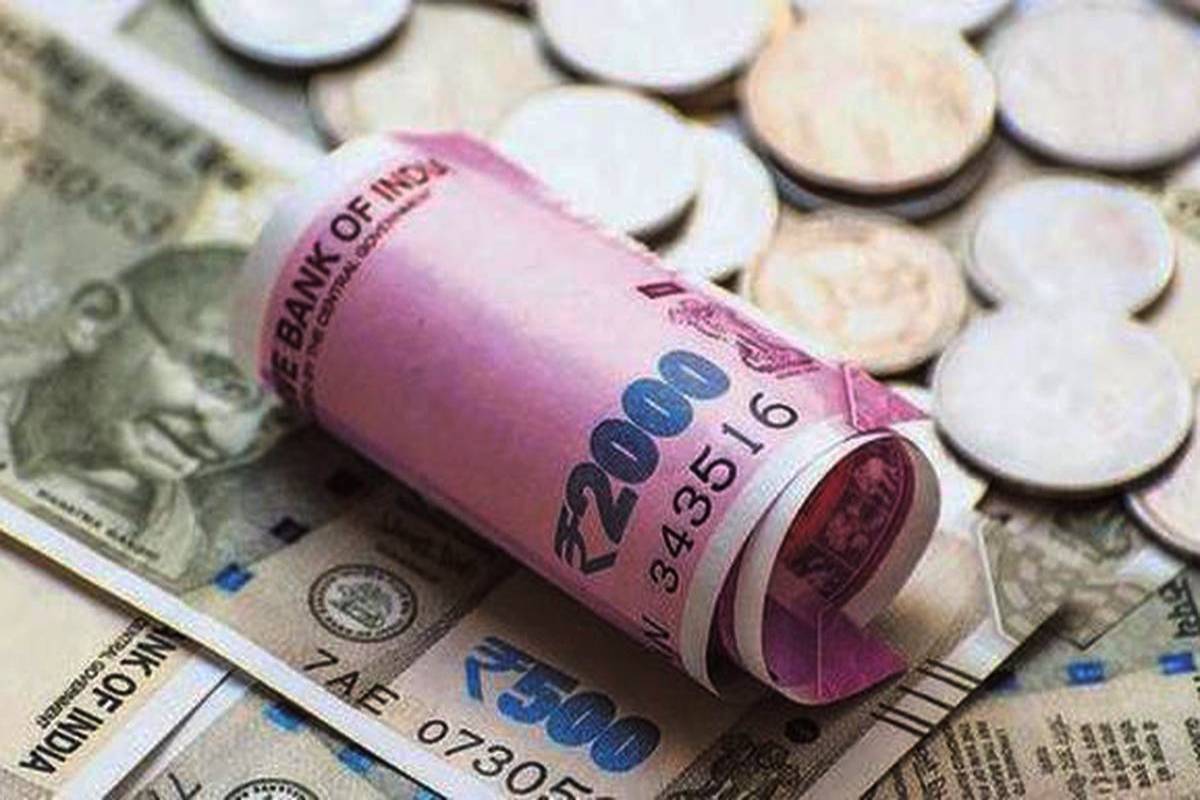Poonam Gupta appointed Deputy Governor of RBI
The government appointed Dr Poonam Gupta as the Deputy Governor of the Reserve Bank of India (RBI) on April 1, 2025. She will hold the position for three years, the appointments committee order stated.
The Indian rupee has breached the significant psychological barrier of 85 against the US dollar, marking an all-time low amid a confluence of domestic and global pressures.
SNS | New Delhi | December 22, 2024 8:19 am

File Photo
The Indian rupee has breached the significant psychological barrier of 85 against the US dollar, marking an all-time low amid a confluence of domestic and global pressures. This dubious milestone underscores deeper concerns about the resilience of emerging market currencies, particularly in an era of strong dollar dominance fueled by robust US economic data and a persistently hawkish Federal Reserve. At home, India’s economic landscape has faced notable headwinds. Growth has slowed to its lowest in seven quarters, while a widened merchandise trade deficit has added to the strain.
These factors, coupled with outflows from domestic equity markets, paint a challenging picture for policymakers. The Reserve Bank of India (RBI) has stepped in with interventions to curb volatility, but such measures are largely short-term fixes for structural challenges. Globally, the dollar’s ascent has been unrelenting. Backed by better-than-expected economic growth in the US and falling jobless claims, the greenback has drawn investors seeking safe-haven assets. This dynamic has placed additional pressure on the rupee, as emerging markets face capital outflows and higher borrowing costs.
Advertisement
Investors are also eyeing upcoming US inflation data, which could influence the Federal Reserve’s next moves. Any further strengthening of the dollar may keep the rupee under sustained pressure. Yet, this juncture also presents an opportunity to reimagine India’s economic strategy. The weakening rupee makes Indian exports more competitive, offering a chance to boost trade and reduce the trade deficit over time. Policymakers could seize this moment to offer incentives to export-oriented industries and streamline processes for global trade, leveraging the depreciating currency to India’s advantage. Moreover, the slide of the rupee could spark a renewed focus on structural reforms. Addressing the trade imbalance requires strengthening domestic manufacturing, improving productivity, and reducing reliance on imports in key sectors.
Advertisement
Simultaneously, enhancing the ease of doing business and attracting sustainable foreign direct investment would be pivotal in building long-term resilience. For ordinary Indians, a weaker rupee inevitably raises concerns about inflation, particularly for imported goods and services. However, the central bank’s interventions have managed to contain excessive volatility, ensuring some stability amid turbulent times. The challenge for the RBI lies in balancing these interventions with preserving foreign exchange reserves and maintaining its inflation targets. The breach of the 85 mark should also serve as a wake-up call for corporate India. Companies reliant on foreign loans or imports may need to reassess their hedging strategies to shield themselves from further currency fluctuations.
Simultaneously, businesses with export-driven models could benefit from the competitive edge offered by the weaker rupee. In this volatile economic environment, a proactive and comprehensive approach is essential. While immediate measures like RBI interventions provide temporary relief, the longterm focus must shift toward bolstering economic fundamentals. By turning challenges into opportunities, India can chart a more resilient path forward, ensuring that currency fluctuations become a stepping stone rather than a stumbling block
Advertisement
The government appointed Dr Poonam Gupta as the Deputy Governor of the Reserve Bank of India (RBI) on April 1, 2025. She will hold the position for three years, the appointments committee order stated.
President Droupadi Murmu on Tuesday said the Reserve Bank of India (RBI) has emerged as one of the most critically…
Reserve Bank of India (RBI) Governor Sanjay Malhotra on Tuesday said the central bank is working to improve the financial system by expanding access, improving efficiency, and strengthening resilience in a changing economic landscape.
Advertisement
